Last night I was rung by the Local Dept of Conservation Field Manager. She told me DoC had just caught 3 rats on Ulva Island. This is sodisappointing, not that a rat has re-invaded, which was always known would happen but that three were caught over the same trap period. We can only hope that DNA analysis shows the three were unrelated, and that they were three separate invasions, and not part of a breeding colony. The three traps were stretched along a fair length of coast.
I will post As more information comes to hand
Following is the media release I received from Sharon………
Media release
28 March 2013
Rat presence confirmed on Ulva Island
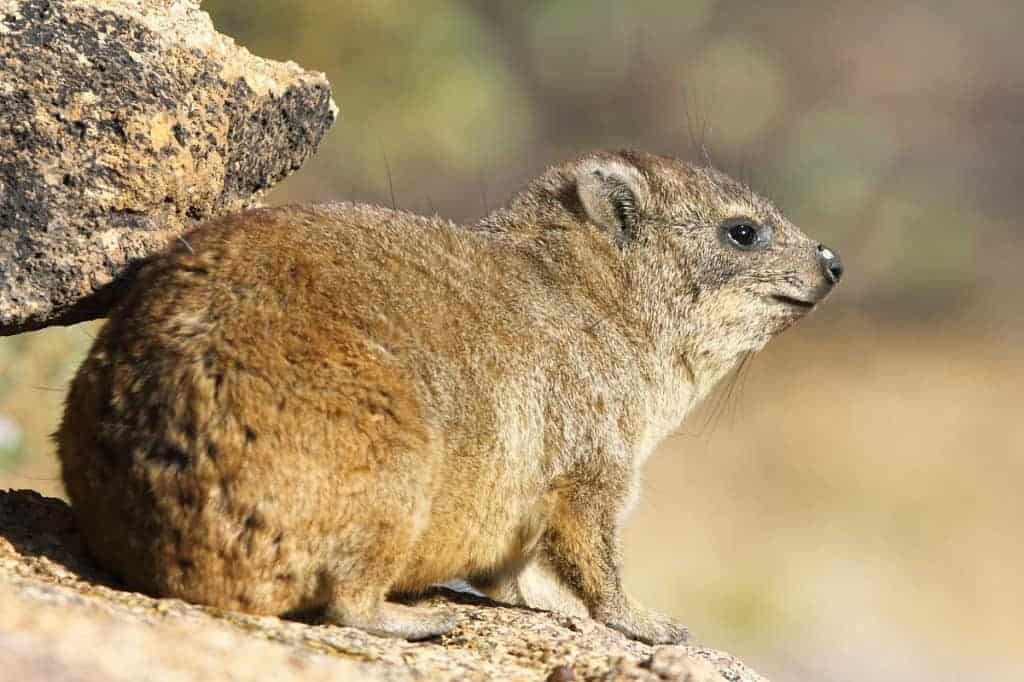
Three rats have been found in traps on Ulva Island, an open wildlife sanctuary off the coast of Stewart Island/Rakiura which was thought to be pest-free.
Ulva Island has an extensive network of traps that are run year round to kill any rats that may get to the island, and the rats were found during a routine trap check. A rodent audit of the island completed in November using a rodent detection dog found no sign of rats.
Area Manager, Murihiku & Southern Islands, Andy Roberts, said that DOC worked closely with the Ulva Island Trust and the local community to keep Ulva Island pest-free. This was a disappointing setback but there was a strong desire by both locals and visitors for the island to remain a safe home for some of New Zealand’s most endangered birds such as the mohua and saddleback/tieke.
“While Ulva Island is pest-free, one rat a year on average manages to make its way to Ulva Island. Keeping rats off the island is a constant battle and one that DOC can’t fight alone. Rats get to the island by swimming over or stowing away on boats. We’re asking all visitors to the island to take extra care in checking their gear and boats before arrival,” said Mr Roberts.
He also confirmed that additional measures would be taken to ensure that there were no other rats on the island. “We’re still trying to determine the full extent of the situation. The contingency plan for an incursion from the biosecurity response plan is now in place and will be modified once we have a clearer picture of what we’re dealing with. Our priority is to work with the public who we know are as dedicated to ensuring that Ulva Island remains rat-free as we are.”
–Ends–
Contacts
For more information please contact:
Andy Roberts
Area Manager, Murihiku &Southern Islands
Department of Conservation
(03) 211 2412
Background Information
Ulva Island
-
Ulva Island/Te Wharawhara is situated inside Paterson Inlet, Stewart Island/Rakiura and has a land area of 266.6 hectares and a coastline of about 11 kilometres.
-
It is one of the few pest-free open sanctuaries in New Zealand, meaning that no permit is required to visit the island.
-
Most of the island is part of Rakiura National Park and the remaining 7.6 hectares, between Post Office Bay and Sydney Cove, while privately owned, is mostly accessible to the public, by agreement with the Hunter family.
-
Ulva Island is renowned for its diverse and abundant bird life including some of New Zealand’s most rare and endangered birds – South Island saddleback/tieke, rifleman/titipounamu, mohua, Stewart Island robin/toutouwai and the Stewart Island brown kiwi/tokoeka.
-
DOC, works to keep Ulva Island free of introduced pests and predators.
Rat control on Ulva Island
-
A major eradication of Norway rats took place on Ulva Island in 1994.
-
In 2010/11 a rat invasion resulted in a breeding population on the island. An eradication operation took place over the winter of 2011 and the island was officially declared rat-free again in 2012.
-
Rats get to Ulva Island either by stowing away on boats or swimming. Ulva is also within the known swimming range of Norway rats, being 730m from the nearest mainland point (with one rock between the island and the mainland), but the frequency of this occurring is very low, otherwise they would arrive more often than they do.
-
Some of our most endangered species are particularly vulnerable to rat predation.
-
Genetic profiles from rats caught on Ulva in 2010 have been stored in a ‘DNA’ library along with samples from areas surrounding Ulva island in Paterson Inlet for comparison and to help determine the origin of any future rats caught on Ulva. The Norway rats caught this week will be sent for DNA analysis to help determine whether they are part of a breeding population or isolated incursion events
.
Peter Tait
Peter Tait is a professional nature guide based at Stewart Island, New Zealand, and he works primarily on Ulva Island Open Sanctuary. Peter has been resident on the Island for over 40 years and was one time Forest Ranger in Charge of Stewart Island. Fishing followed forestry and was in turn followed by Talisker, a 17m charter yacht. He is qualified Skipper Deep Sea Fishing Vessel. In addition to guiding Peter and his wife Iris are hosts at Sails Ashore Lodge.
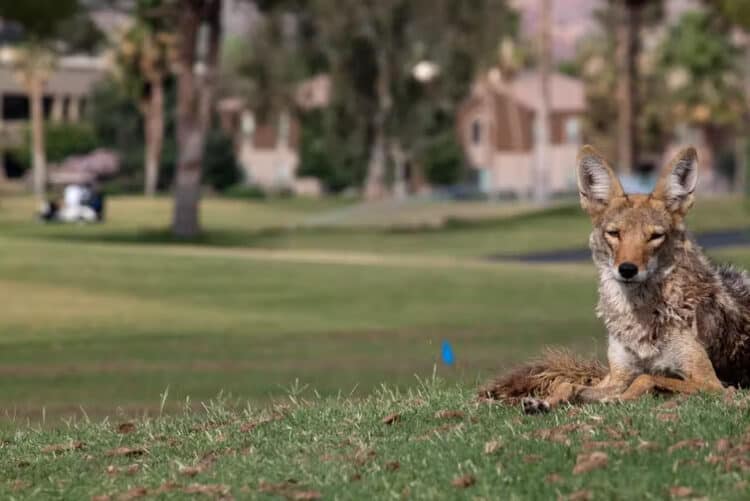
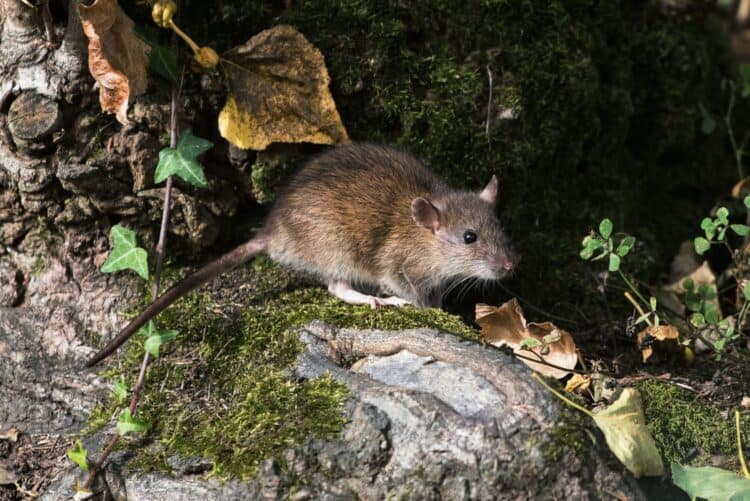
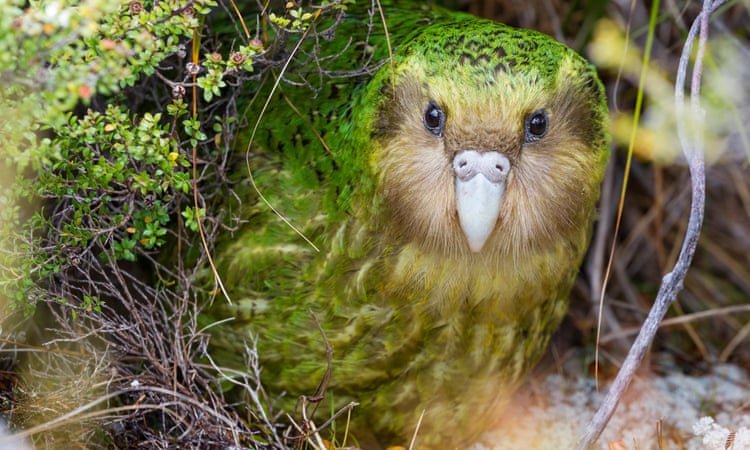


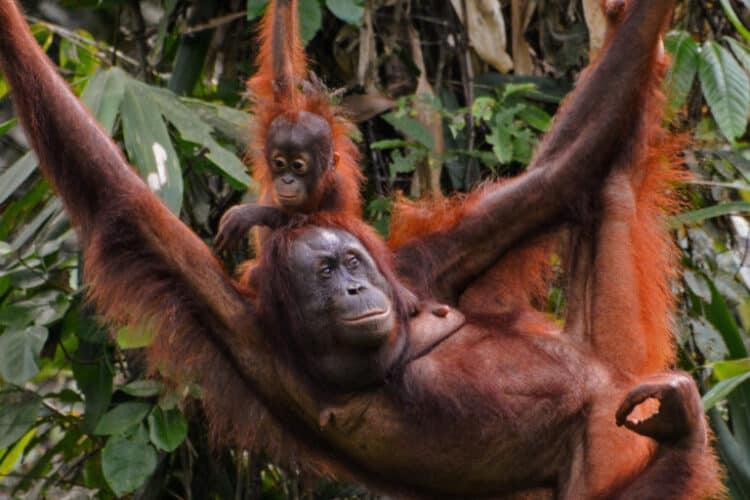
Leave a Reply